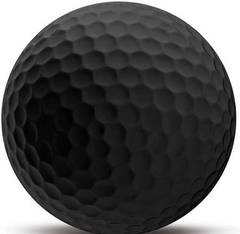IGNORED
problem with handicap system
Note: This thread is 5989 days old. We appreciate that you found this thread instead of starting a new one, but if you plan to post here please make sure it's still relevant. If not, please start a new topic. Thank you!
-
Topics Being Discussed Right Now on The Sand Trap
-
Tiger Woods Master Catch-All Discussion 1 2 3 4 219
By Valleygolfer, in Tour Talk
- tiger
- tiger woods
- (and 2 more)
- 3,940 replies
- 437,244 views
-
- 29 replies
- 1,573 views
-
- 537 replies
- 107,801 views
-
"5 Minutes Daily" Practice Challenge 1 2 3 4 844
By iacas, in Instruction and Playing Tips
- 5 minutes daily
- dedication
- (and 6 more)
- 15,174 replies
- 917,557 views
-
- 6,700 replies
- 266,729 views
-






Recommended Posts
Create an account or sign in to comment
You need to be a member in order to leave a comment
Create an account
Sign up for a new account in our community. It's easy!
Register a new accountSign in
Already have an account? Sign in here.
Sign In Now